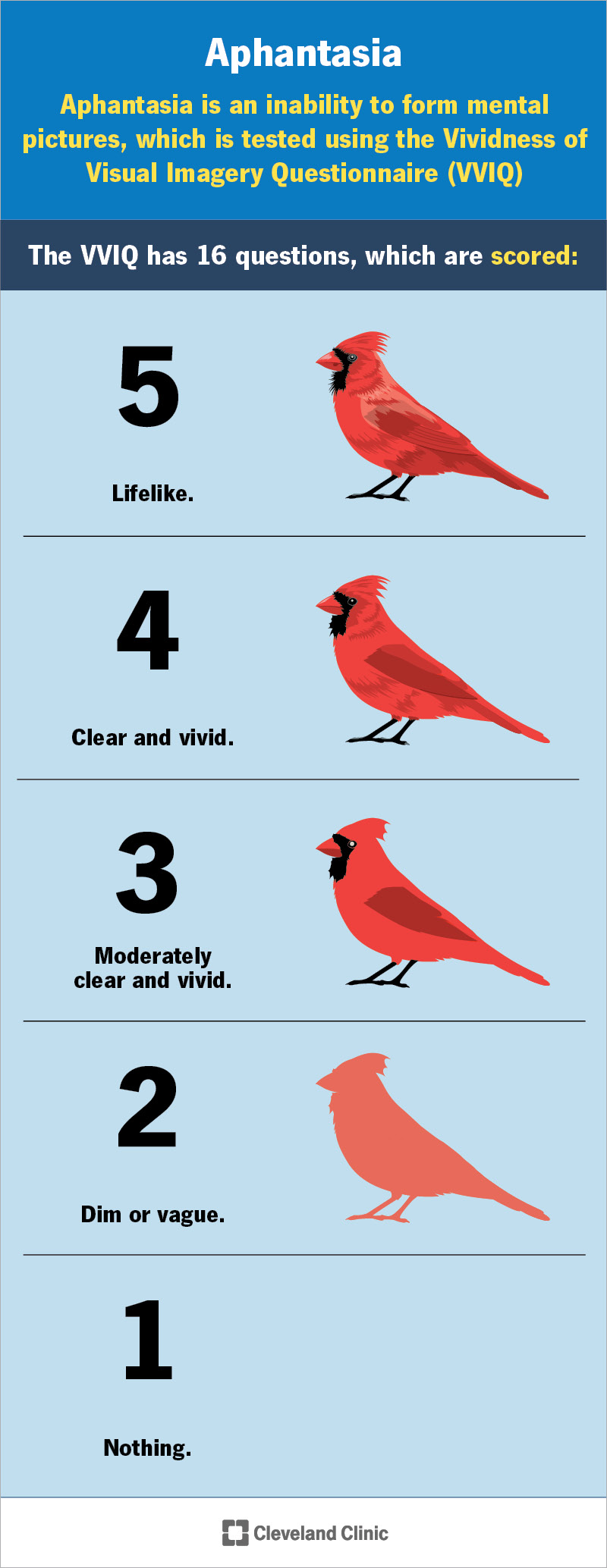Very good for 99% of shots, it's effortless and fast to do. Only gets troublesome with extreme elevation or super-awkward stretches, because it's tricky to keep your head in the same angle relative to the shot with those, but those are tough no matter what you do.
I mean, of course I miss many shots just like any 600-650ish fargo would, but those misses are most likely from the intuition of the correct CB/OB alignment being slightly off on tougher shots (which slowly improves over time from shooting the shots), or for very tough shots, other technique-related issues can start causing misses too. Then there's stroke related misses, like power draws, but those have nothing to do with alignment either. So yeah, it's not the chin-aided cue alignment causing misses to correct CB/OB alignments, that cue-alignment part is very repeatable and trustable for me.
What is CPG?
